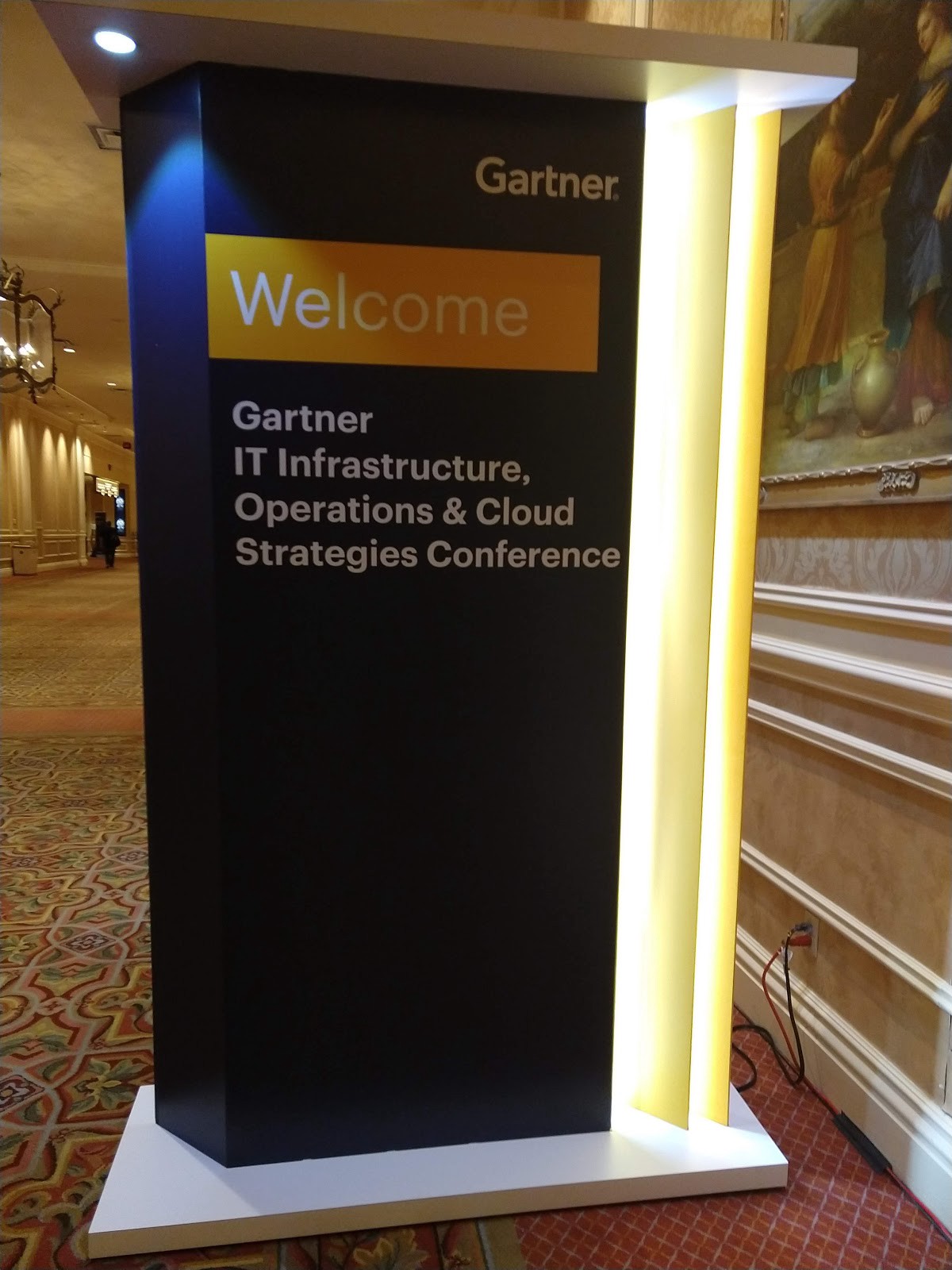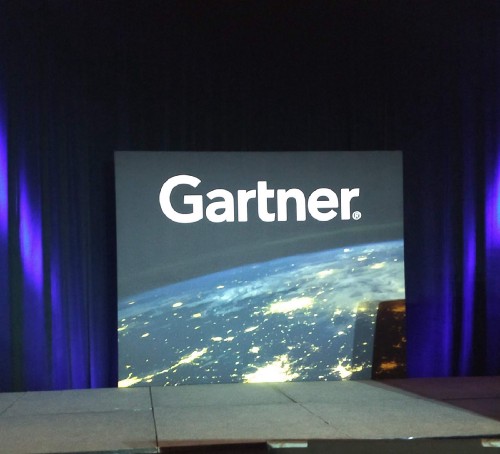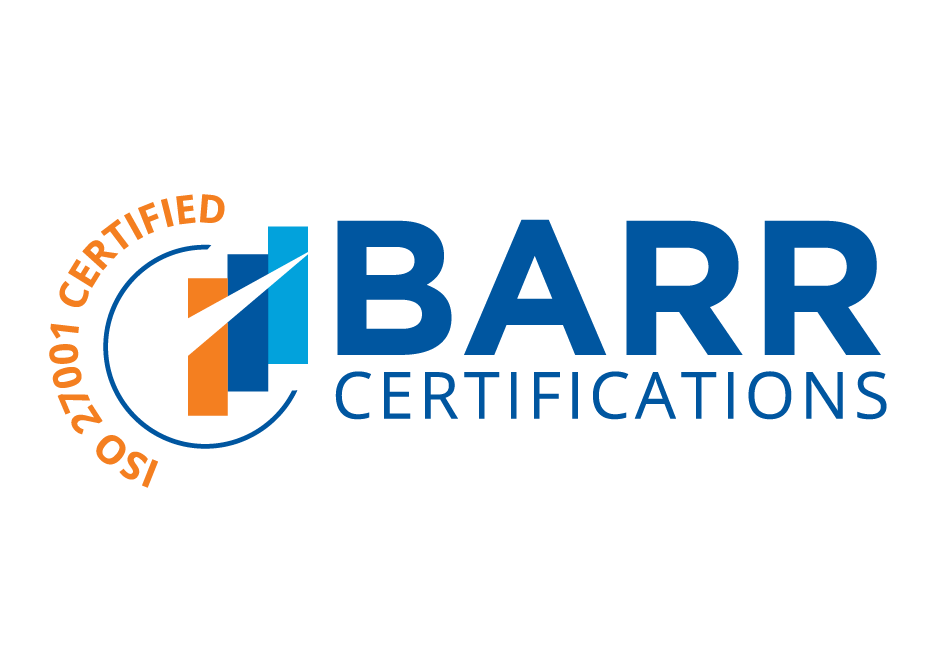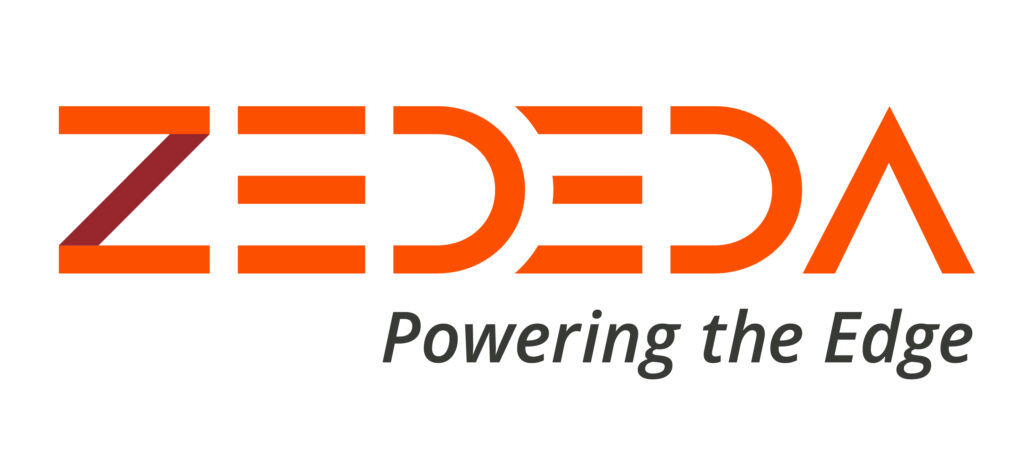By 2022, the data center will no longer be the center of your data. Traditional Infrastructure and Operations (I&O) will be upended — this was repeated throughout this year’s Gartner IT Infrastructure, Operations and Cloud Strategies conference in Las Vegas. Gartner predicts that within two years, over 50% of all data will be created and processed outside of the datacenter. It’s safe to say that organizations are feeling the pressure to think differently about how they work with their data.

For decades, we’ve relied on an IT infrastructure designed to centrally hold, process, archive, and interact with all data. Any interaction with data from anywhere within an organization went through the datacenter. In fact, the internet was designed for data download — to transport the data stored centrally to disparate locations. But now, as the paradigm shifts away from the datacenter, data will be everywhere.
And this data is different. As analyst Tom Bittman explained in his session, “Exploring the Edge: 12 Frontiers of Edge Computing,” the data produced at the edge has fundamental differences from traditional business data. Much of this data is low value noise — devices chirping that they are still up, temperature readings every second, or video footage of a parking lot that is empty most of the time. This data has a low half-life. It’s only important locally, and finding the value in this data must be done with local processing. For instance, the data from the device chirping that it’s alive is important in the moment where there is a change, an indication that something may require attention. Analysis must be done locally, something that today, Bittman said, only occurs to about 25% of edge-produced data.
So as data grows and shifts, it is going to drive drastic change — and quickly. In the conference keynote, “I&O 2025 — Reimagine, Revitalize, Reenergize” analyst Dennis Smith shared workload distributions, comparing today and in five years from now. He said that today, about 80% of workloads are on-premises, 19% in the public cloud, and 1% at the edge. Yet by 2025, this will change drastically. The bulk of workloads (40%) will be in the public cloud, with 30% on-premises and 30% at the edge. This shift is huge, and the ramifications for I&O immense. Furthermore, Bittman suggested that in just 3 to 4 years, edge computing will have the same importance within organizations as cloud computing has today.
…in just 3 to 4 years, edge computing will have the same importance within organizations as cloud computing has today.
Watch out for…
Bittman pointed out that edge computing is an entirely different topology for infrastructure. Because of the speed at which its coming, he urged IT organizations to define their edge computing strategies now. Edge computing requires a fundamentally different way of deploying infrastructure: it requires IT to solve new challenges for problems they’ve been addressing for decades, like security.
Much of the time today, discussions of security focus on the data — keeping it safe in transit, encryption protocols, etc. But at the edge, we also have to solve for physical security, something I&O has relied on facilities to handle for decades. As analyst Jeffrey Hewitt pointed out in his session, “Achieve Physical Security at the Edge,” edge devices are generally not protected by a perimeter — there are no locking doors, no security guards. This warrants implementing device hardening, access controls, and processes to protect the device from human intervention, as well as considering various factors, such as weight requirements, extreme temperature exposure, and excess vibration, that could affect device performance. In other words, I&O has to consider a whole host of factors that were previously answered for us in the datacenter, in addition to all of the standard security aspects of data security, network security, and more.

As organizations delve into the complexity of edge computing projects, it’s not surprising that I&O professionals may feel overwhelmed or confused about how to get started. Yet inaction isn’t an option — business units are already pushing edge projects into proofs of concept. As a result, organizations are developing highly customized, one-off solutions that will lead to additional issues for I&O in the future. In the session, “Strategic Roadmap for Edge Computing” analyst Bob Gill shared that through 2022, the lack of any unified standards or approach will lead over 85% of enterprises to deploy multiple, incompatible technology stacks. And while the pitfalls of this may not seem clear to the business unit driving the project, this means that the IT unit ultimately tasked with supporting that technology stack will have yet another silo to manage, an approach that isn’t sustainable as edge computing scales within organizations. This also is why so many organizations today may be seeing their successful POCs stall and not broadly implemented as intended.
The good news
Fortunately, Gartner also outlined several recommendations for organizations struggling with these challenges. First, Bittman suggests the importance of I&O to get ahead of the problem and implement an edge computing strategy. The business units may drive the distinct edge use cases but it’s up to IT define the strategic approach. And as part of this strategy, organizations need to plan for extendability. A single, highly-customized use case solution may work today, but chances are the organization will see 2, 4, or 6 other uses cases coming down the road. By implementing extendable solutions, additional use cases can be supported within the same solution. For instance, Bittman mentioned that an organization may want a solution that supports VMs today because they are dealing with legacy infrastructure, but in the future new use cases may require container support. Requirements like this around heterogeneity should be considered as part of the strategic assessment, ensuring that the solution implemented can meet the needs of both today and tomorrow.
Another recommendation is to implement edge virtualization, which Gill said is critical for heterogeneous operation. He also suggested looking for SaaS platforms that can help deal with much of the complexity at the edge — not only that of the applications, but also by managing other elements such as security and networking. Additionally, the ability to do this remotely with automation is crucial for I&O organizations tasked with scaling these POCs to full deployment.
What’s next?
There continues to be a lot of confusion today around edge computing. The value is well understood (improved CX, business advantage, reduced costs), but there remain questions about how best to implement edge computing. By taking a strategic approach, IT can implement an expandable model that will grow alongside business requirements. Ultimately, this creates an opportunity for I&O teams to lead their organization, and to drive the disruption that will power the acceleration of a digital business transformation.





